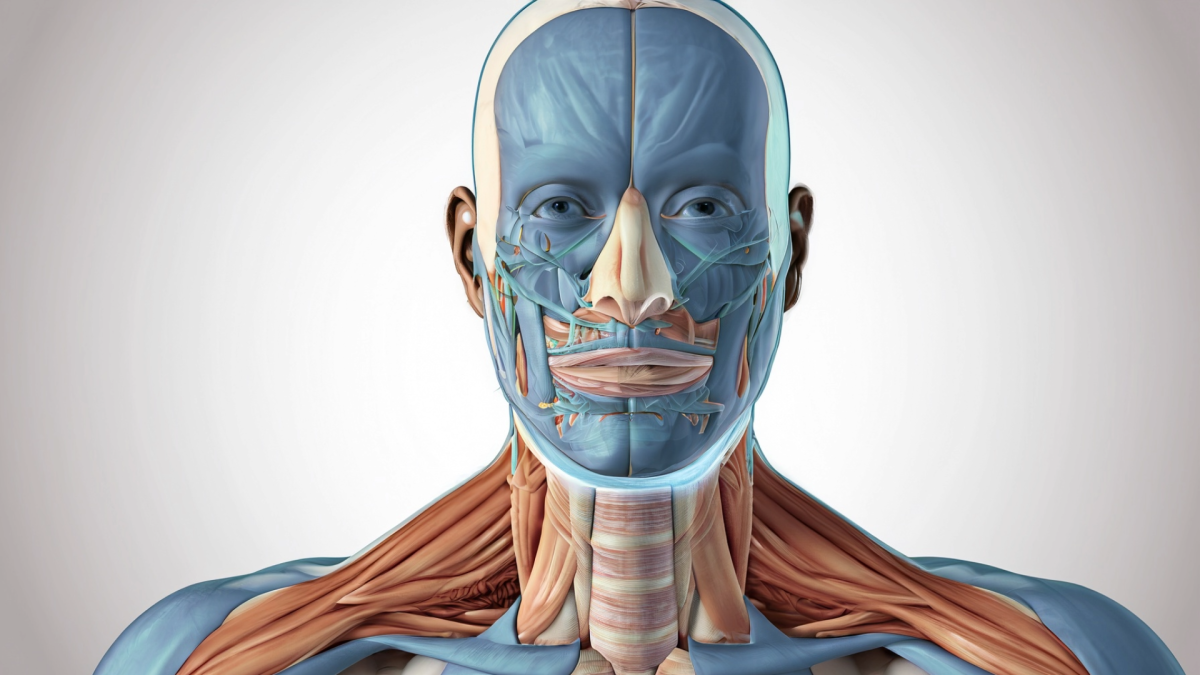
Habitats and Animal Adaptations: Lesson 1 of 4
by Linda Slade
In this lesson, students will research a variety of habitats. They will then use their research to document what they learned using technology. This information will be used in future lessons to build a model of a habitat and design an animal that will fit into the habitat.
This is the 1st lesson in a series of 4. Links to lessons and resources are included.
Lesson Grade Level
3rd GradeLesson Plan Link/URL
https://docs.google.com/presentation/d/189JU_SXAQN_m1v3oD0FrY454vgqfnHVH/edit?u…Related Content

Grades:
2nd Grade
This is a week long review activity to be done outdoors on student devices. Students will complete physical/ outdoor activities and see how math fits into their daily life. This is meant to be done in

Grades:
9th Grade, 10th Grade, 11th Grade
This is a week-long set of lessons building on the structure and function of skin. The first few days will have students using technology to complete research. Students will also explore the

Grades:
7th Grade, 8th Grade, 9th Grade, 10th Grade, 11th Grade, 12th Grade
Want to incorporate the Arts into your 7-12 STEM classroom? The Global Science Opera provides a way to do just that! Learn how to facilitate a STEAM collaboration with arts teachers to make it happen.